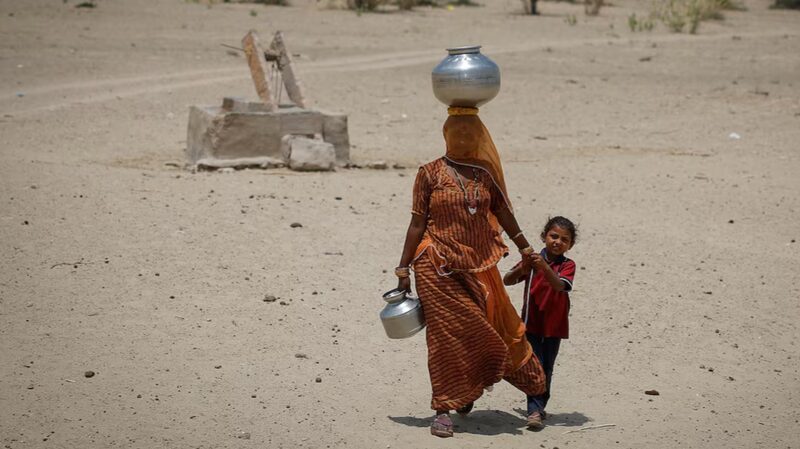Australia is grappling with a severe heat wave that has engulfed large portions of the country, pushing temperatures to record highs and elevating the risk of bushfires to extreme levels.
On Sunday, the nation’s meteorological authorities issued heat wave alerts across New South Wales, the Australian Capital Territory, Northern Territory, and Western Australia. In some regions, temperatures soared above 40 degrees Celsius, significantly higher than the average for this time of year.
“We’re witnessing temperatures nearly 10 degrees above the February mean in areas like western Sydney,” a spokesperson for the weather bureau said. The capital of New South Wales experienced highs of 39 degrees Celsius, underscoring the intensity of the heat.
The situation is exacerbated by the ongoing El Niño weather pattern. El Niño events are characterized by unusually warm Pacific Ocean temperatures, leading to climatic anomalies such as cyclones, droughts, wildfires, and heat waves. The current conditions have created a perfect storm of hot, dry weather coupled with gusty winds.
Authorities have issued “extreme fire danger” warnings for parts of Victoria and South Australia. Residents in affected areas are urged to stay vigilant and follow the guidance of local emergency services. “The combination of high temperatures, low humidity, and strong winds creates the ideal environment for bushfires to ignite and spread rapidly,” officials warned.
The escalating bushfire risk comes at a time when Australia is already on high alert for natural disasters. The memories of the devastating bushfires from recent years remain fresh, and communities are anxious about the potential for similar events.
Impact on Communities and Environment
Local communities are taking precautions to mitigate the risks. Firefighters and emergency response teams are on standby, and public awareness campaigns are emphasizing the importance of preparedness.
The agricultural sector is also feeling the strain. Farmers are concerned about the impact on crops and livestock, with prolonged heat affecting water supplies and pasture conditions. Market analysts note that these factors could have broader economic implications, affecting commodity prices and trade.
Global Significance
The extreme weather events in Australia highlight the growing concerns around climate patterns and their global impact. Academics and researchers are closely monitoring the situation to study the effects of El Niño and assess long-term environmental trends.
For travelers and tourists, the heat wave serves as a cautionary tale. Those planning to visit affected regions are advised to stay informed about weather updates and heed travel advisories.
Looking Ahead
As Australia navigates this challenging period, there is a collective emphasis on resilience and adaptation. Efforts to strengthen infrastructure, improve emergency response, and promote sustainable practices are at the forefront of national discourse.
Authorities continue to monitor the situation closely, providing regular updates to keep the public informed. The coming days will be critical in determining the extent of the heat wave’s impact and the effectiveness of measures taken to mitigate associated risks.
Reference(s):
Australia sweats through heat wave, bushfire risk rated 'extreme'
cgtn.com







